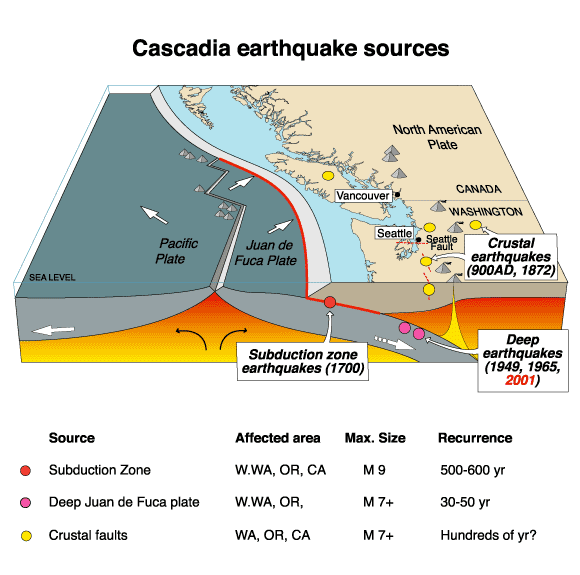Define Aquaculture:
Aquaculture is also known as fish or
shellfish farming. It refers to the breeding, rearing and harvesting of plants
and animals in all types of water environment including ponds, rivers, lakes
and oceans. Aquaculture produces food fish, sport fish, bait fish, ornamental
fish, crustaceans, mollusks, algae, sea vegetables and fish eggs.
Looking at social (on people), environmental, and economic
pros and cons of aquaculture.
Social
Pros:
·
Creates jobs in the community
·
Helps feed growing world population
·
Meets increasing consumer demand for seafood
Cons:
·
May conflict with other users of water bodies
such as lobstermen, fishermen or migrating fish
·
May threaten livelihood of fishermen
·
May have an impact on consumers health because
of chemicals found in fish that come from fish farms
Environmental
Pros:
·
Places more emphasis on protecting coastal
waters from pollution, especially in the case of mollusk and seaweed culture
·
Fish farms can me made anywhere on the
environment such as coastal areas, inland lakes, and rivers.
·
It is the fastest growing method of food
production
Cons:
·
Can pollute water systems with excess nutrients
such as fish feed and wastes, chemicals and antibiotics
·
Can compromise the aesthetic beauty of
coastlines
·
Issue with water contamination
Economic
Pros:
·
Increases revenue on the city, state, and
national level
·
Reduces seafood trade deficit
·
Encourages local investments
Cons:
·
Can be an unpredictable enterprise for small
local communities due to its susceptibility to severe weather, predators,
disease, and global competition.
·
Causes a decrease in supply and demand depending
on the limited amount of healthy fish or varying consumer demands
·
Requires a lot of funding
My point of view on aquaculture:
Considering the pros and cons of aquaculture, I would say it
is a bad thing because of the negative impacts it brings. Aquaculture has
impacts socially, environmentally and economically. Socially, it has an impact on consumer’s
health because of chemicals found in fish that come from fish farms.
Environmentally, it pollutes water systems with excess nutrients (fish feed
& wastes), chemicals and antibiotics. Economically, it is an unpredictable
enterprise for small local communities due to its susceptibility to severe
weather, predators, disease and global competition. Overall looking at the
impacts it has in the different ways, it concludes to impact humans negatively in
many ways. In my opinion aquaculture is not a good thing, mainly because of the
fact that it puts a risks human health.











